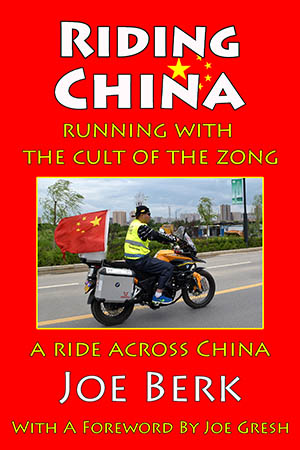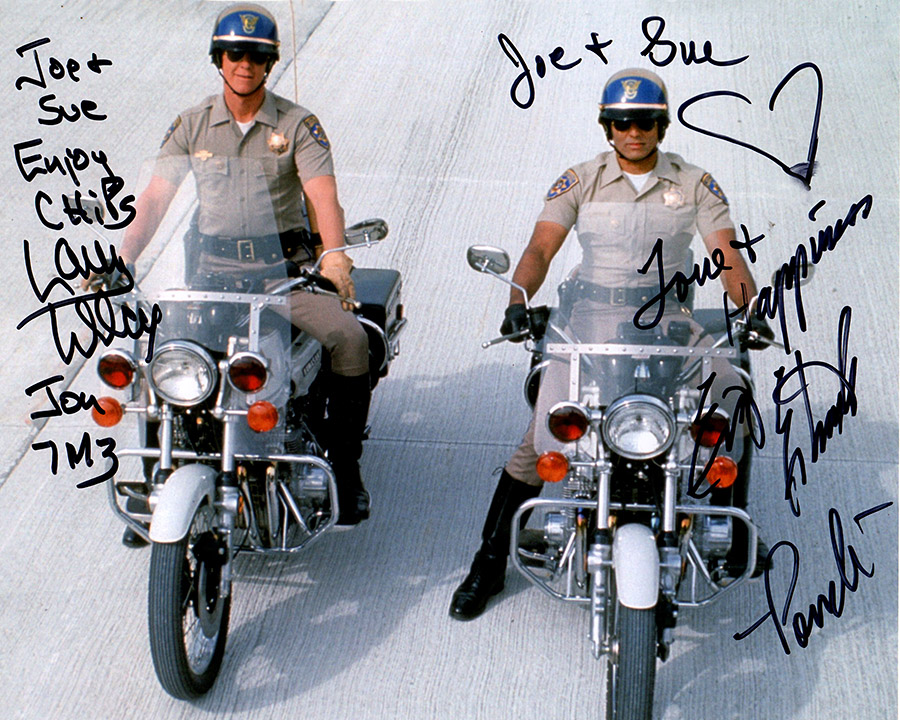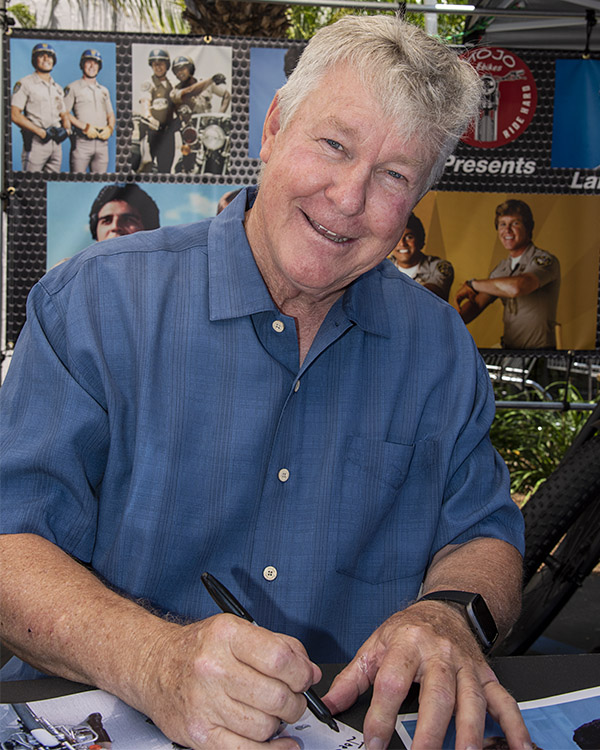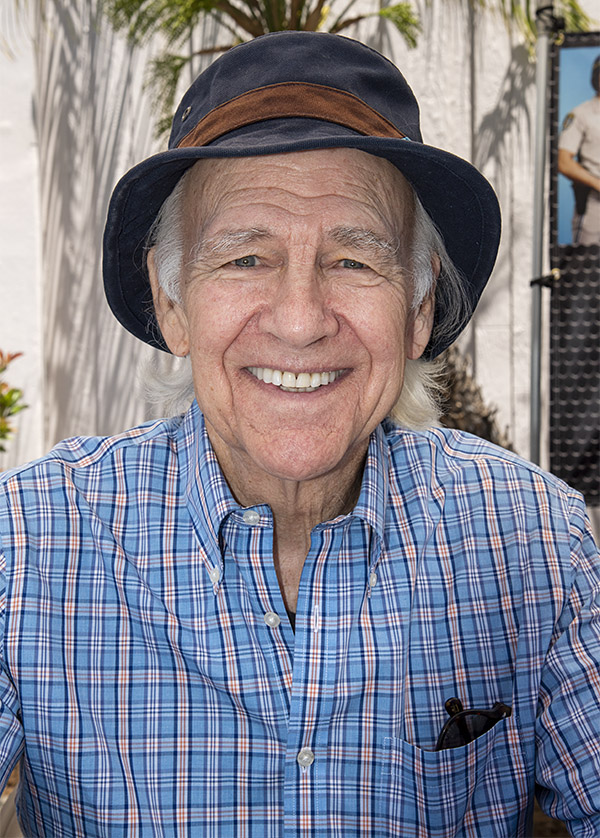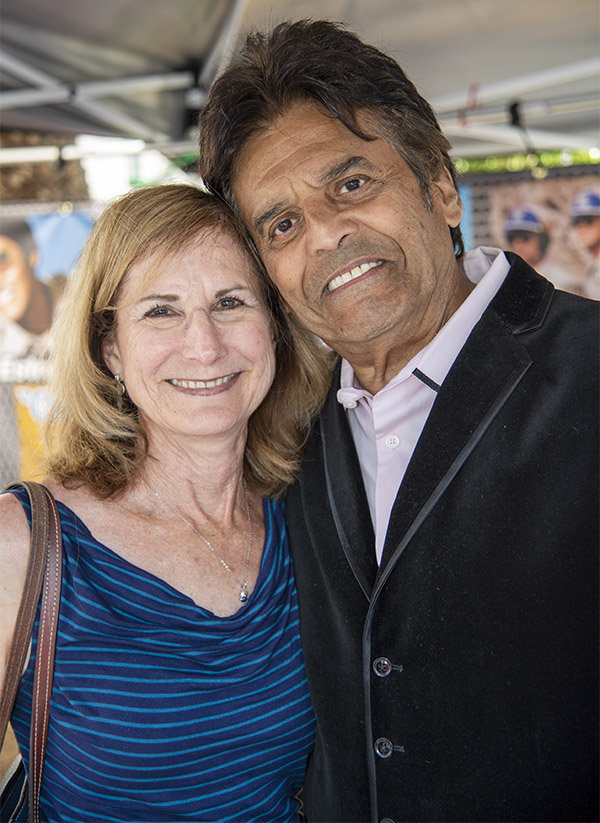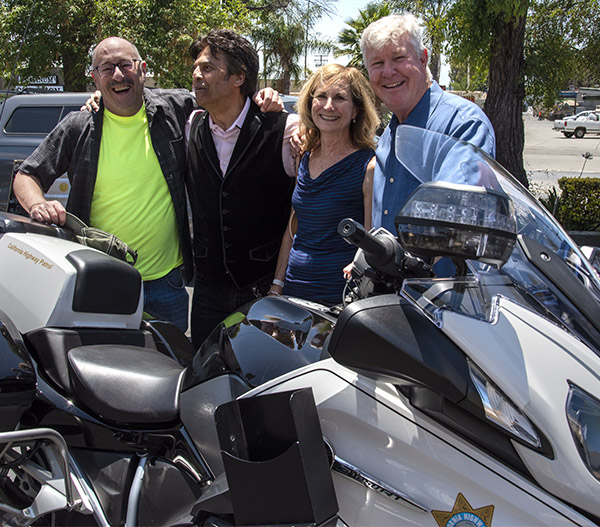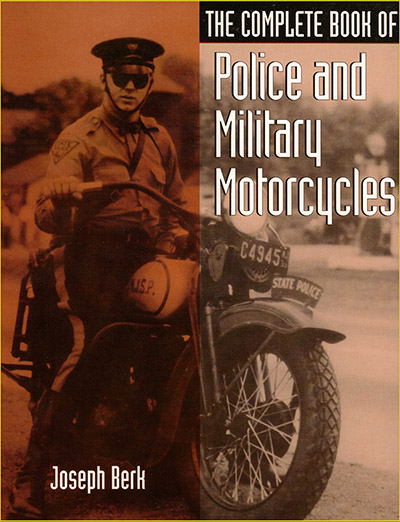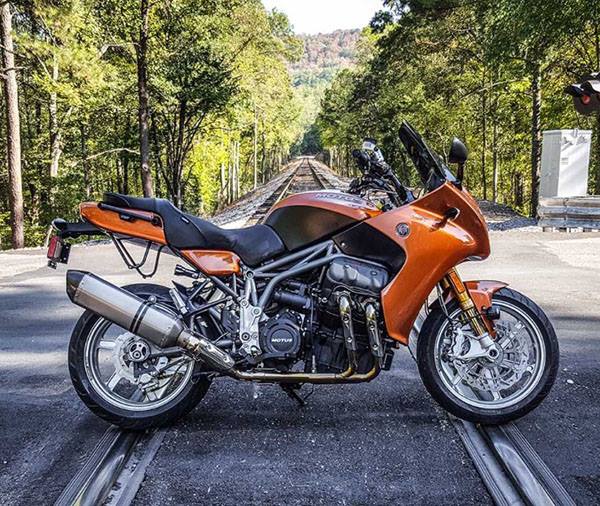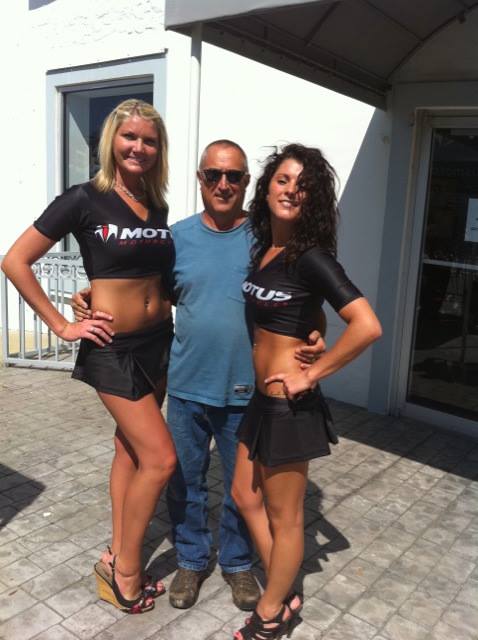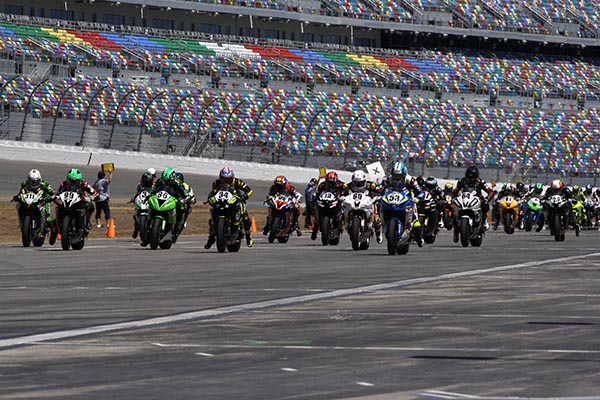By Joe Berk
I posted a blog yesterday about Chinese pocketknives and drew a few comments (as I knew I would). One of them mentioned Shaolin martial arts, and that prompted a response from me about the Shaolin Temple in China. Not a lot of folks here in the US have been to the Shaolin Temple. I know of two who rode there on motorcycles (that would be Joe Gresh and yours truly). I covered that visit in Riding China, and I thought it would be good to share a part of that chapter with you today. Who knows…I might even sell a few books by doing so. You know, so you can read the rest of the story about our ride through China.
We continued riding and entered a mountainous region. I liked that a lot. The roads were nice, there wasn’t much traffic, and because we were both moving and climbing, the heat abated a bit. We stopped for a break, and a fellow came along on a 250cc Yamaha that was configured for touring. He stopped and chatted with us and we took turns taking pictures of each other. His bike looked good. We only saw a few other Chinese on our trip who were touring on motorcycles.
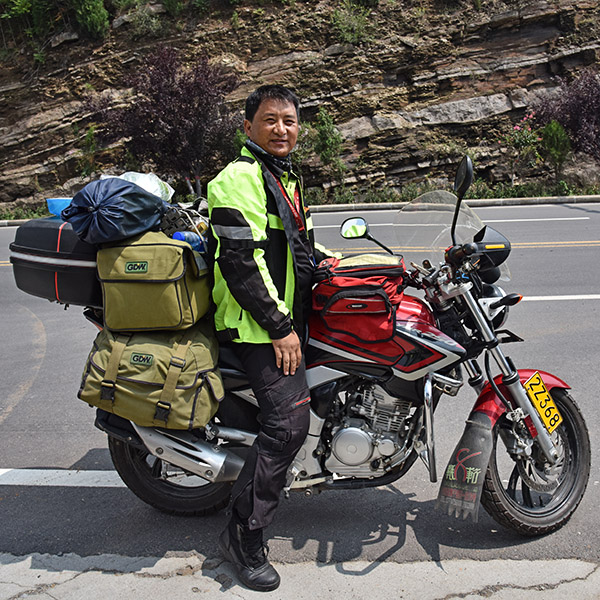
I didn’t realize it at the time, but we were very close to the Shaolin Temple when we stopped to talk to the Yamaha rider. That would be our next destination this day. Another fellow then came by and he had an animated conversation with Sean (our guide). It turns out he was selling, Sean was his mark, and the guy was working Sean hard. This guy owned a restaurant and he wanted us to eat there. He was successful; we did.
We didn’t pause for naps after this lunch, but Sean was soon having another excited conversation with folks outside the restaurant. I didn’t know what they were discussing, but I later realized it was about transportation and how we would get into the Shaolin Temple. The bottom line to this conversation was that we all piled into three small gray minivans that took us about two miles down the road, back the way we had ridden to get to the restaurant.
What I learned later was that there were two ways to get into the Shaolin Temple complex. One was through the main gate, and apparently that cost more. The other was a woodsy trail through the mountains that required a climb over two or three mountains on a slippery muddy trail. If you did that, you could sneak into the Shaolin Temple complex for free. That’s what we did, and that climb was rough. The trail was slippery, and by now the temperature and humidity were up again. Had I known what was going on I would have gladly paid to go in through the front door, but I didn’t realize what we were doing until I was doing my best impersonation of a mountain goat in the hills behind Shaolin.
So here’s the deal on the Shaolin Temple: It’s famous as the home of Chinese Kung Fu. No kidding; it’s both a Buddhist Temple and a world-renown Kung Fu school (the original Kung Fu school, actually). It’s where Bruce Lee learned his craft, and if you’ve ever seen a martial arts movie with scenes that have large numbers of young Chinese guys learning the martial arts, it was almost certainly filmed here.
The Shaolin Temple was beautiful. As we walked along its well-manicured paths, a young guy went into a martial arts routine that was mesmerizing. It was something right out of a movie. The guy was executing all of these snappy martial arts stances (one seemed to flow into the next) in a manner that almost made the display a dance routine. It probably only lasted a minute or two, but when it ended, a large crowd had already gathered and everyone applauded. I enjoyed seeing it, even though I know nothing about any of this stuff.
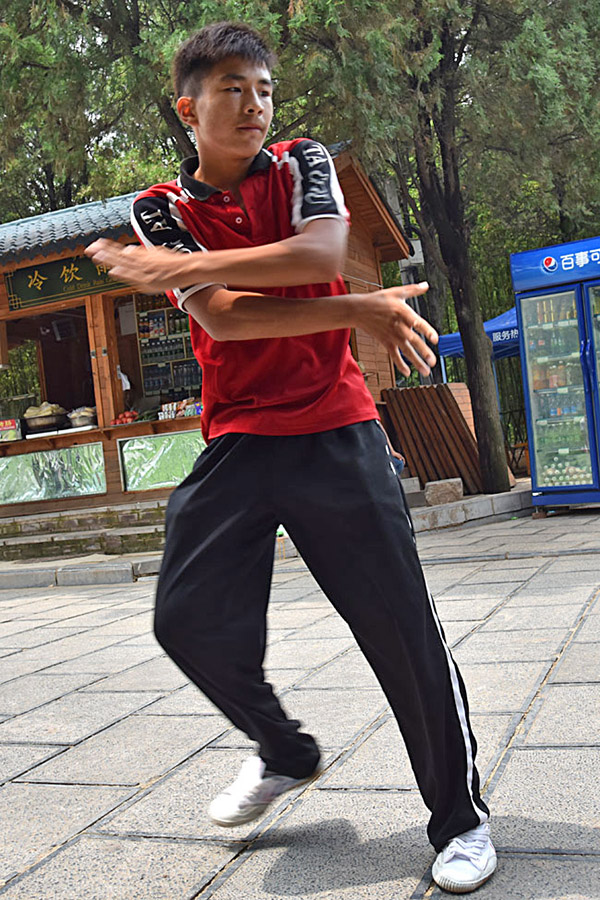
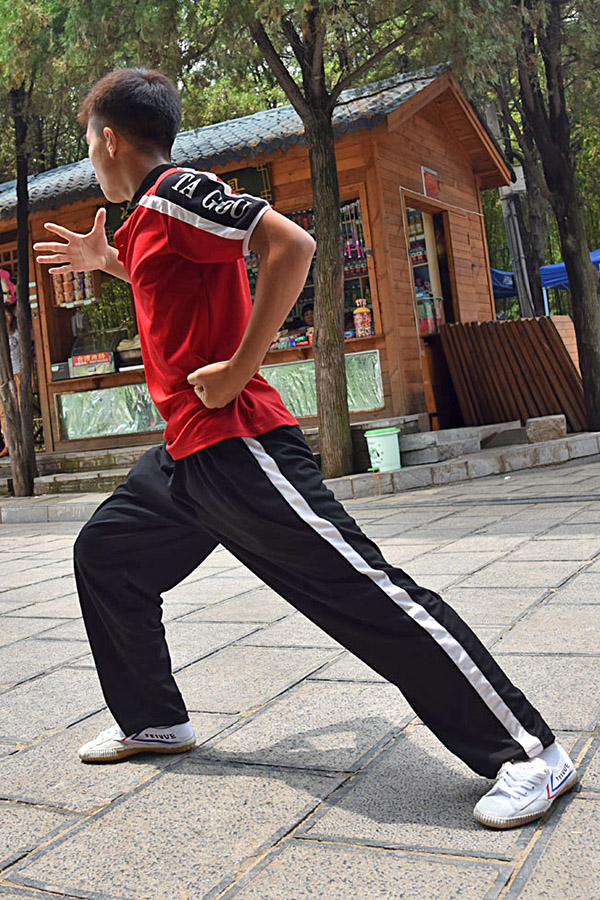
The Buddhist Temple was beautiful, but by then it was so miserably hot and humid we weren’t enjoying anything. We were in a walled courtyard that allowed no airflow, and I couldn’t seem to get my body temperature down. I was still perspiring from climbing over the mountains.
I shot a few photos of some of the figures inside the temple (yet again, the D810 Nikon’s incredible low light level capabilities came through).
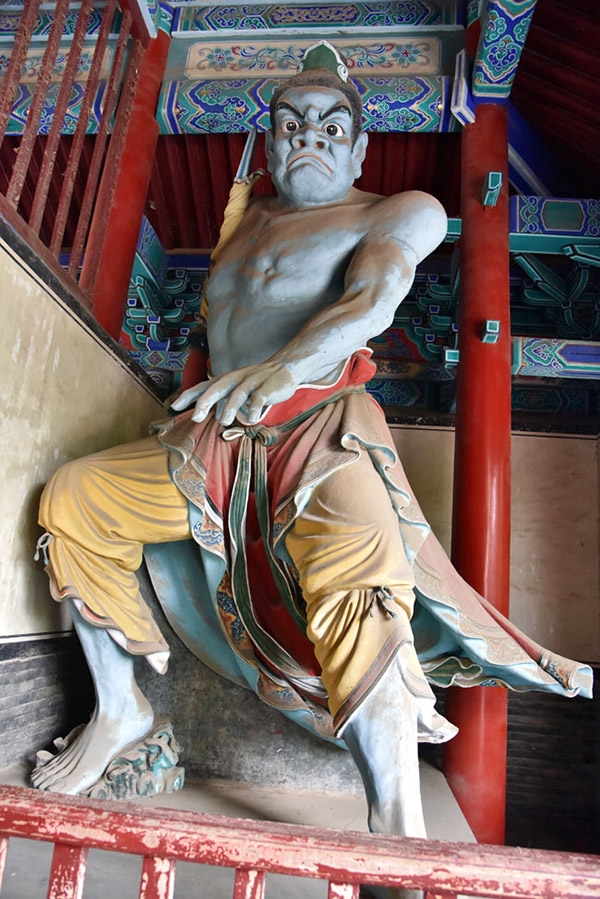
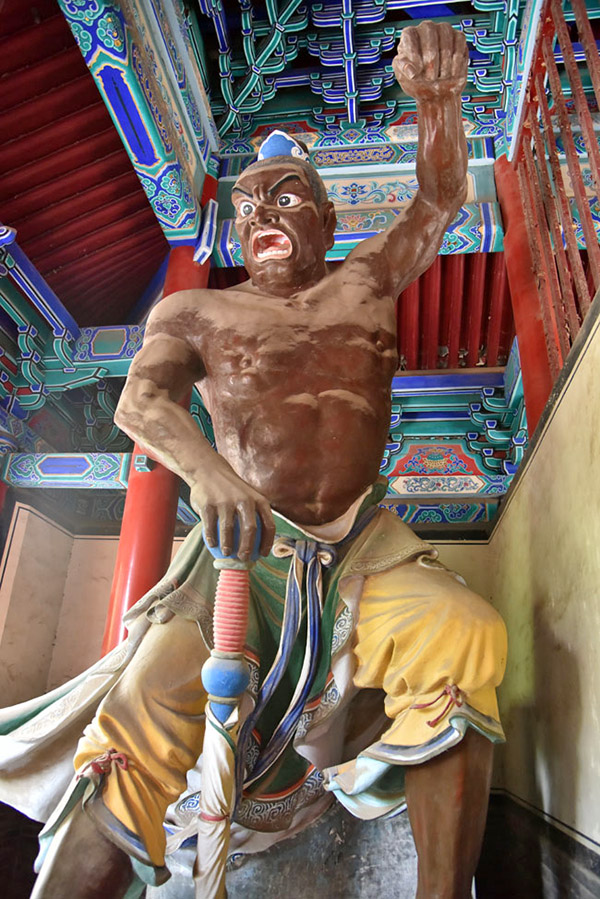
On our walk out (we left through the main gate), it mercifully started raining again. The rain finally helped me cool off. So far, this day was the hottest and most humid day of our ride (and I found I was saying that nearly every day for the last several days).
At dinner that night, I thought I would have a little fun with the guys. One of the dishes that evening had black fungus mixed in with the vegetables, and I loved that stuff. As I mentioned earlier, what the Chinese call black fungus is a mushroom of some sort, and I loved the taste of it. A small speck of one of the mushrooms, a black piece about a quarter of an inch long, was on the edge of my dinner bowl. I managed to pick up that tiny piece of mushroom with my chopsticks in preparation for solidifying my reputation as a chopstick martial arts master.
I told Tracy, who was sitting next to me, that I wanted him translate exactly what I was about to tell the Chinese guys in our group. He said okay, but went back to his meal. “No, Tracy,” I said. “I want you to tell the guys to stop eating and listen to what I have to say.”
Tracy looked at me for second, and then he spoke to the group in Chinese. The others stopped eating, looking at Tracy and then at me.
“We all visited the Shaolin Temple today and we saw the birthplace of Kung Fu,” I began. I paused, nodded at Tracy, and he started speaking to the group in Chinese.
“You may not know this, but like Mr. Bruce Lee, I, too, am a martial arts expert,” I said. Tracy looked at me and translated what I just said. The others stared at me, taken in by my serious demeanor.
“You know that I am an expert with chopsticks, as I demonstrated on our second night in the peanut contest,” I said. Tracy diligently continued to translate. “You may not know that I am a master at using chopsticks in the martial arts. In fact, I created a branch of Kung Fu that relies entirely on chopsticks.” As I said that, I motioned with my left hand as if I was shooing a fly away from the food on our table. It was a motion all of us had used across China at all of our dinners to get rid of the flies.
As Tracy continued to translate, and when I saw everybody look at my left hand shooing the imaginary flies away, I lunged out into the space over our table with my right hand, still holding my chopsticks. As I did so, I emitted a piercing “eeeee yah!” (my best rendition of a martial arts cry, worthy of no less a master than Bruce Lee himself). I held up my chopsticks, which still held that small morsel of black mushroom. No one could have confused that speck of mushroom for anything other than a fly captured in mid-air by a martial arts master (with his chopsticks, of course).
A loud gasp of astonishment and admiration went up from all of the Chinese riders. Before they could get a closer look, I plopped the tiny piece of mushroom into my mouth and exaggeratedly swallowed. There was a second of stunned silence at our table, followed by another gasp and heavy applause. Gresh was the only one who rolled his eyes. A legend was born that evening, my friends, and he be me.
We had a great dinner that night (I know, I’ve been saying that about every meal on this trip). Eeeeeeyah! The fly-impersonating black fungus. The chopsticks. The applause. It was wonderful.
After dinner, all I wanted to do was get back to the hotel, take a cool shower, crank the air conditioner all the way down, and get some sleep. I posted a blog that night, I went to bed, and I probably dreamed about being a chopstick martial artist.
They’re still talking about me over there, you know.
The ride across China was amazing, the adventure of a lifetime. You can read about the adventures of dos Joes on the entire trip here:
Join our Facebook ExNotes page!
Never miss an ExNotes blog:


